The top five birdwatching spots in Australia
From seeing the world’s most dangerous bird in tropical north Queensland to glimpsing the stunning Azure kingfisher in the NT, here are the best spots for bird lovers.
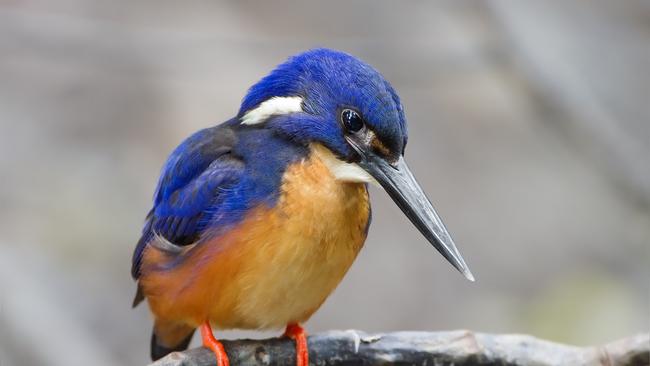
From seeing the world’s most dangerous bird in tropical north Queensland to a glimpsing the stunning Azure kingfisher in the NT, here are the best spots for bird lovers.
1. Lord Howe Island, NSW
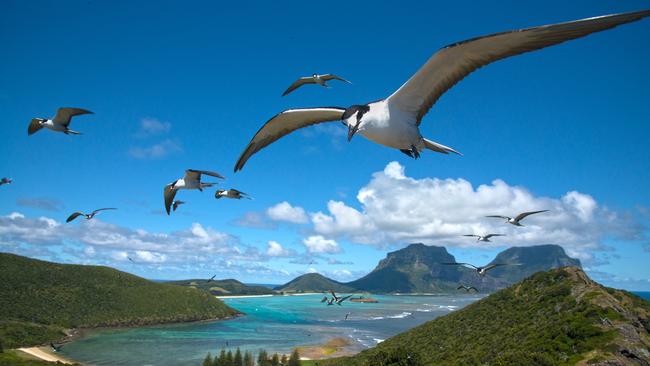
Naturalist Ian Hutton has lived in paradise, aka Lord Howe Island, for most of his life, contributing to research projects, photographing above and below the pristine turquoise sea and guiding tours. The tiny island is exclusive for humans – tourist numbers are capped at 400 at any one time – but a metropolis for birds. “It’s home to several hundred thousand breeding seabirds,” says Hutton. “You can marvel at white terns and black noddies nesting in trees around the village centre, sooty terns (pictured) laying eggs and raising chicks on our beaches, or at sunset watch thousands of shearwaters return from the day fishing.” Among the more than 130 permanent and migratory bird species are red-tailed tropic birds, which put on an aerial courtship show off the Malabar cliffs. Hutton runs week-long bird tours every November and March.
2. Broome, WA
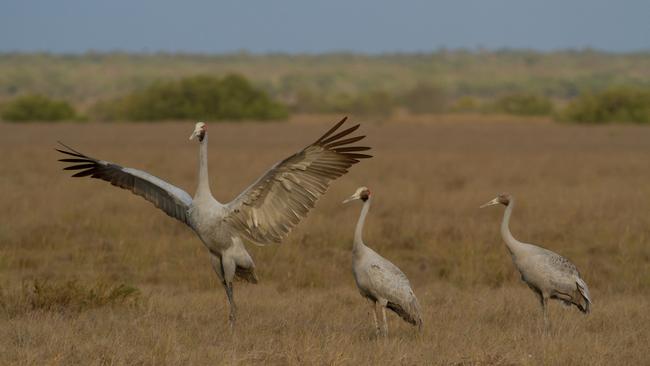
Broome Bird Observatory on Roebuck Bay hatched in 1988 as a base for shorebird researchers, set up by BirdLife Australia. It’s one of Australia’s 67 Ramsar-listed Wetlands of International Importance, a vital feeding ground for migratory shorebirds to fatten up before beating a path thousands of kilometres north. Among the 330 species within a 70km radius you’ll find the comical-looking Australian bustard, elegant brolga (pictured), Asian dowitcher and the critically endangered far-eastern curlew, the world’s largest shorebird, which migrates to China and Russia to breed. BBO’s viewing platform gives a superb human’s-eye view of teeming shorebirds waiting for low tide to expose their feeding flats. “We run Wave the Waders Goodbye courses in March and April and Birds of the Broome Region in September and October,” says observatory warden Matt Hansen. The courses are fully booked for 2024 – keep an eagle eye out for the 2025 ones to open.
3. Kakadu, NT
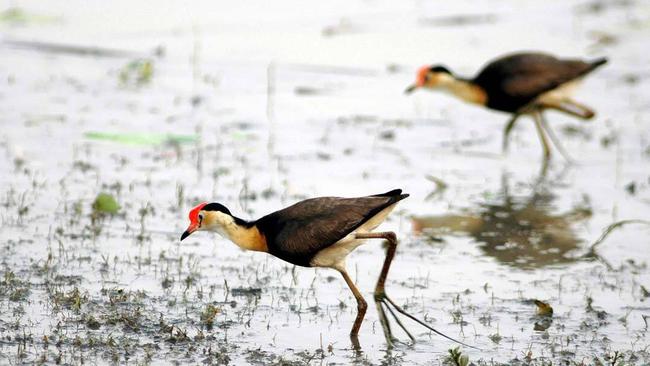
Kakadu Bird Week lands September 25-29, in time for the honking mass migration of magpie geese across the floodplain as the dry season comes to an end. When the water recedes in the UNESCO World Heritage-listed Kakadu National Park – where more than one-third of Australia’s bird species make their home – it’s the easiest time to find them, along with crocodiles, wallabies, buffalo and brumbies. Tours and cultural activities abound during bird week, and the dawn or dusk Bird Lovers Cruise run by Luke “Hawkeye” Paterson from NT Bird Specialists is the hot ticket. As well as stunning V-formations of unexpectedly graceful magpie geese, expect to see comb-crested Jacana “Jesus” birds (pictured) walking across Yellow Water billabong. Look out for white-bellied sea eagles, plumed whistling ducks and the striking jabiru, Australia’s only stork. Birdlife in Kakadu is reliably wondrous year round and Cooinda Lodge is the best base to be right among it.
4. Tropical North Queensland
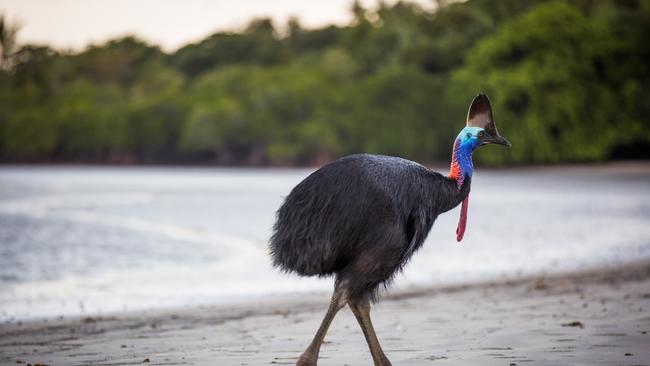
Labelled “the world’s most dangerous bird”, the magnificent southern cassowary (pictured) is itself vulnerable, with an estimated 4400 left in the Wet Tropics, the ancient dense rainforests lining the coast of Tropical North Queensland. The Daintree is the largest of these – if you hit a traffic jam along Cape Tribulation Road, it’s either the ongoing repairs after the devastating floods of December 2023 or drivers pulling over to marvel at an adult cassowary stomping roadside. A serene bird-watching cruise on the Daintree River passes crocs, Australasian darters, Papuan frogmouths and sacred and azure kingfishers. On a day tour this August with Doug Herrington from Birdwatching Tropical Australia, near Mount Carbine, we watched a male bustard perform his astonishing mating display as if it was a feature movie. We found 71 more species before 3pm and Herrington was happy to keep going. Adults-only retreat The Reef House in Palm Cove is a sublime base for exploring.
5. Tasmania
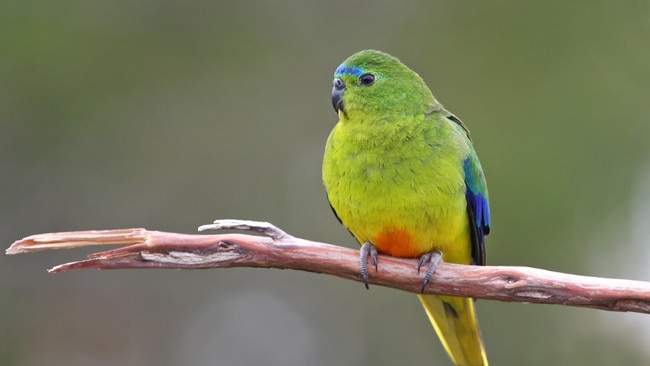
Hop around the Apple Isle for some rare birds. The remote southwest of Tasmania is the summer breeding ground for the orange-bellied parrot (OBP), one of our most threatened beauties. You can slog for days over the South Coast Track to walk into Melaleuca, or fly in from Hobart by seaplane and cruise aboard Odalisque III with On Board Expeditions. With this operator, guests enjoy sublime luxury, spectacular scenery and beautiful hikes around Bathurst Harbour and Port Davey. At the Deny King Heritage Museum, a picture window looks out on a bird-feeding table and if you’re lucky you’ll hear the distinctive “ziziziziziziziz” buzz of OBPs (pictured) on the wing. Take a shorter jaunt by ferry to Bruny Island for its biennial bird festival – the next in 2026. All 12 of Tasmania’s endemic species are found on Bruny, the last stronghold of two critically endangered varieties, the forty-spotted pardalote and the swift parrot.
If you love to travel, sign up to our free weekly Travel + Luxury newsletter here.


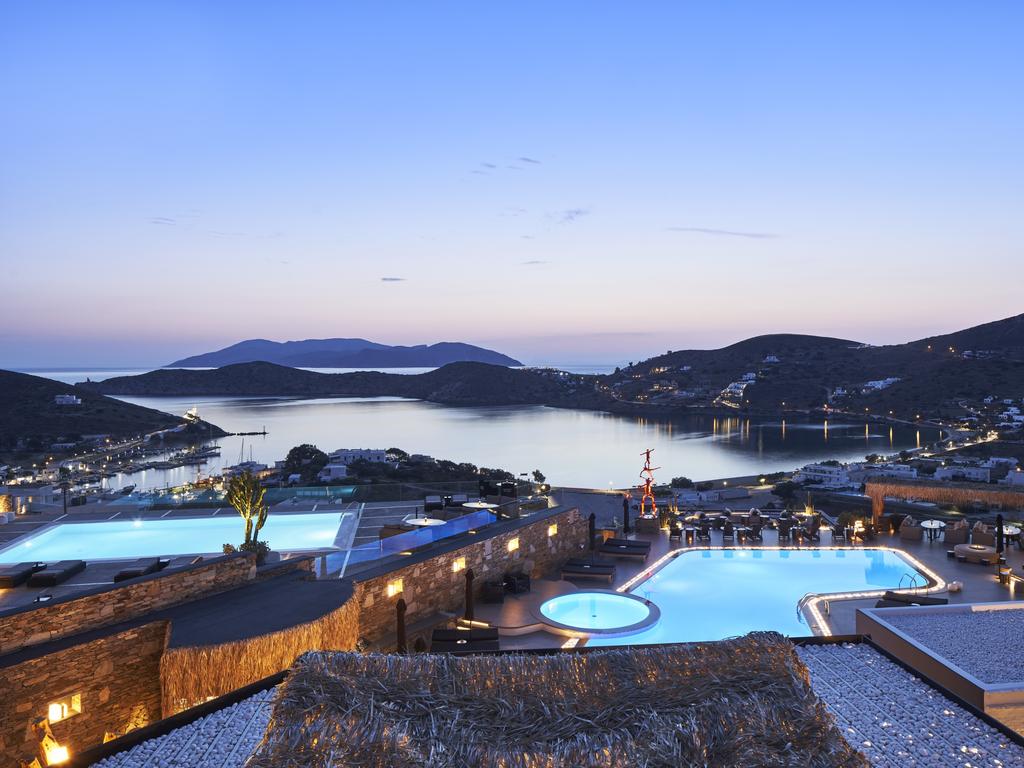
To join the conversation, please log in. Don't have an account? Register
Join the conversation, you are commenting as Logout